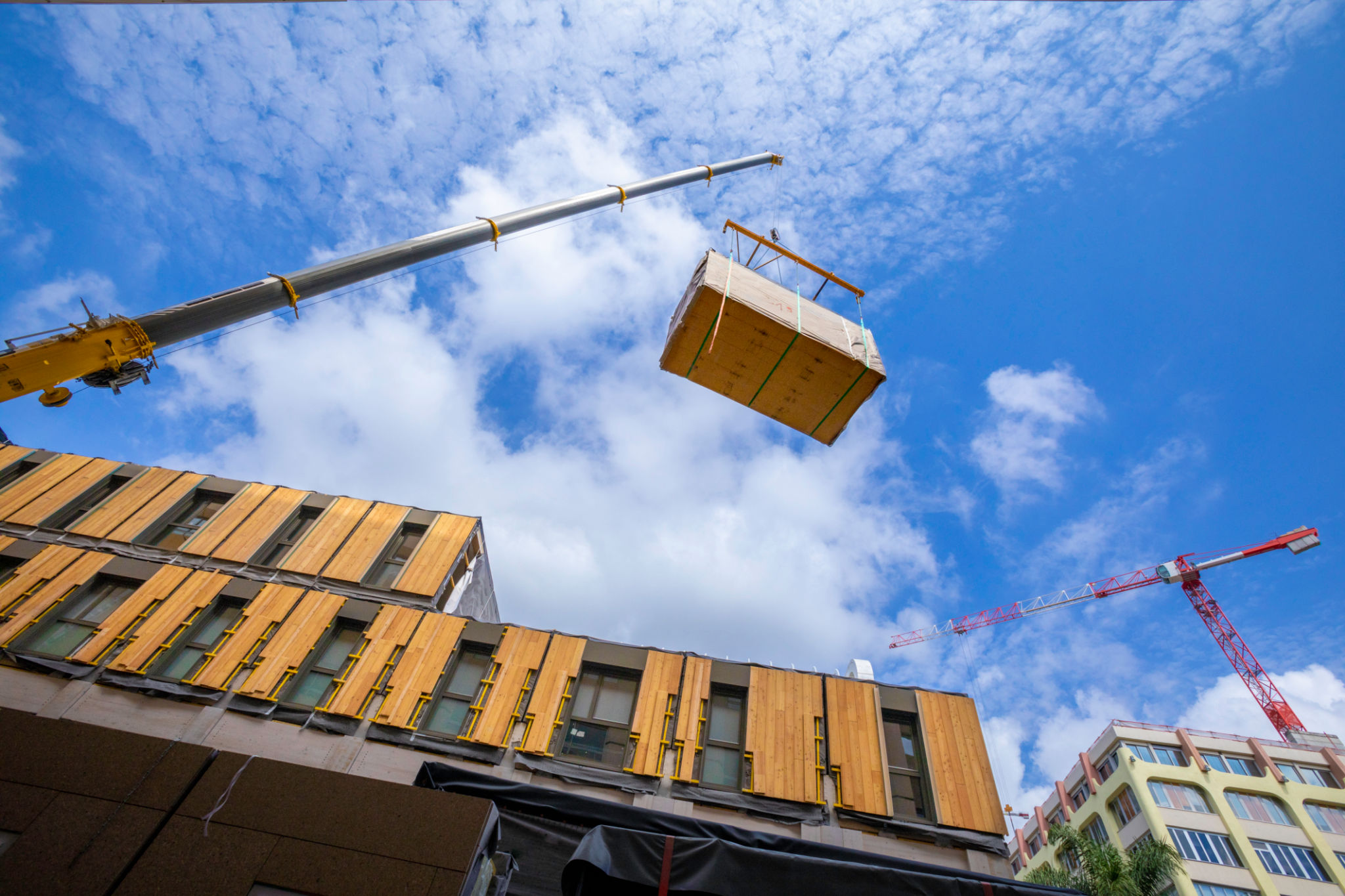The Environmental Benefits of Using Render in Construction
Introduction to Render in Construction
The construction industry is continuously evolving, with sustainability becoming a major focus over the past few decades. One of the materials that have gained popularity due to its environmental benefits is render. Render is a mixture of sand, cement, and lime applied to the exterior walls of buildings. It not only enhances the aesthetic appeal of structures but also offers a range of ecological advantages.
Using render in construction can significantly reduce the carbon footprint of a building project. As more companies aim to achieve sustainability goals, understanding the environmental benefits of render becomes crucial.

Thermal Efficiency and Energy Savings
One of the standout environmental benefits of using render in construction is its ability to improve a building's thermal efficiency. Render acts as an additional layer of insulation, helping to maintain a consistent indoor temperature. This reduces the need for artificial heating and cooling, leading to significant energy savings.
By improving thermal efficiency, buildings that incorporate render can reduce their carbon emissions. This makes render an excellent choice for eco-conscious builders and homeowners aiming to minimize their environmental impact.
Durability and Longevity
Render is known for its durability and long lifespan. Buildings with rendered exteriors require less frequent maintenance and repairs, which in turn reduces the consumption of new materials and resources. This longevity makes render an eco-friendly option for long-term construction projects.
The durability of render also means fewer materials end up in landfills, as buildings do not require constant refurbishment. This contributes to waste reduction, a critical component of sustainable building practices.

Natural and Non-Toxic Materials
Render is typically made from natural, non-toxic materials such as sand, lime, and cement. These materials are abundant and have a lower environmental impact compared to synthetic building products. Using natural materials helps reduce the release of harmful chemicals into the environment.
Lime, a key component in render, is particularly beneficial as it absorbs carbon dioxide during the curing process. This helps to offset some of the carbon emissions associated with cement production, making render a more sustainable choice.
Enhancing Aesthetic Appeal with Sustainability
Beyond its functional benefits, render also enhances the visual appeal of buildings. It provides architects and builders with creative flexibility while maintaining a commitment to environmental responsibility. Rendered finishes can be customized in a variety of textures and colors, allowing for unique and sustainable architectural designs.

Conclusion: A Sustainable Choice for the Future
As the construction industry moves towards more sustainable practices, render stands out as an environmentally friendly option that does not compromise on aesthetics or functionality. Its benefits in thermal efficiency, durability, and use of natural materials make it an ideal choice for eco-conscious construction projects.
By incorporating render into building designs, developers can contribute to a more sustainable future while creating beautiful and energy-efficient structures. As awareness grows around the importance of sustainable building materials, render's role in environmentally responsible construction will likely continue to expand.
